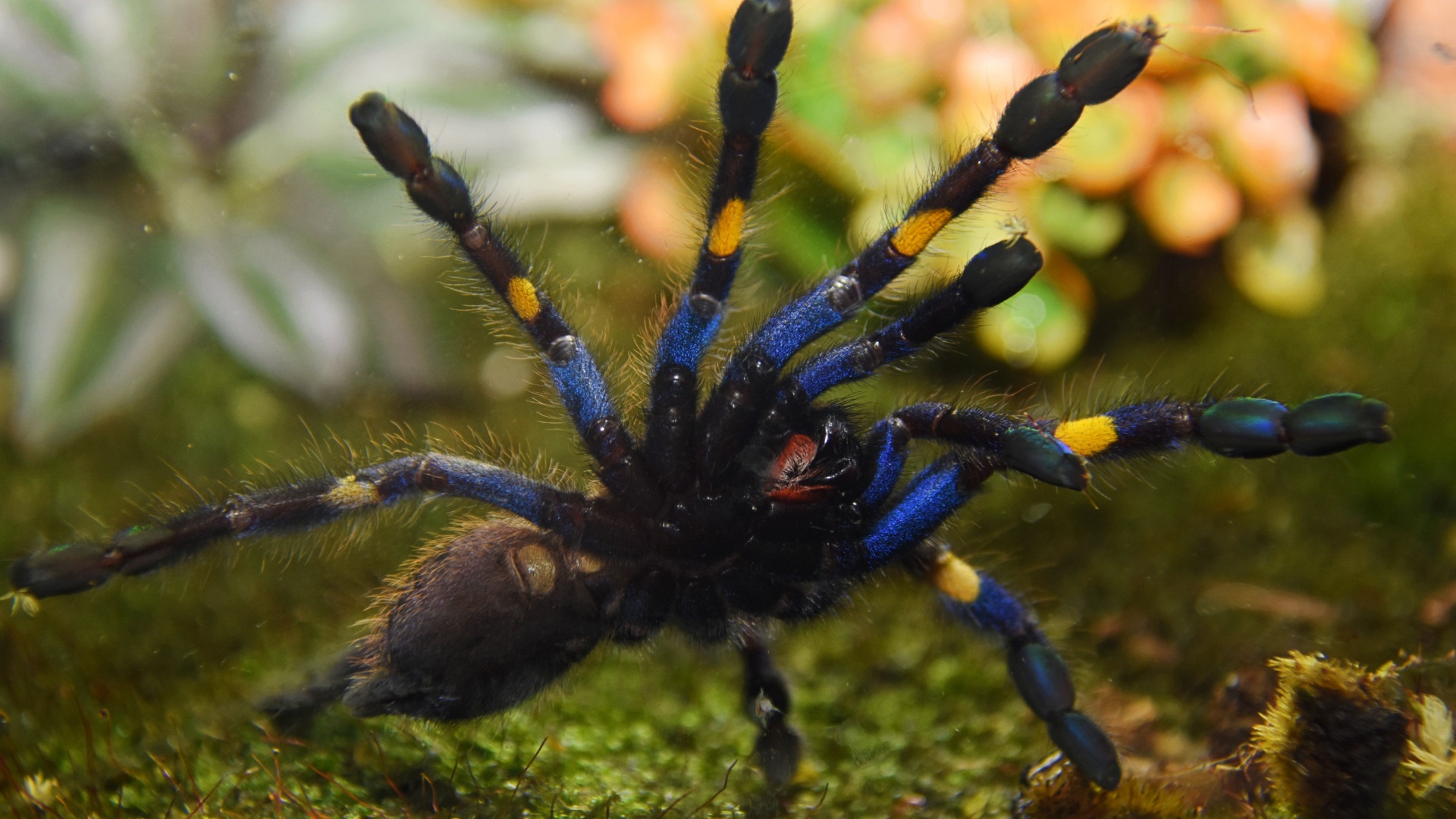Spiders may not be everyone’s favorite creatures, but they play an essential role in our ecosystems.
Sadly, some species are on the edge of extinction due to habitat loss, climate change, and human activity. Let’s explore some fascinating spiders and learn why they’re endangered and what makes them so unique.
1. Desertas Wolf Spider – A Giant In Danger
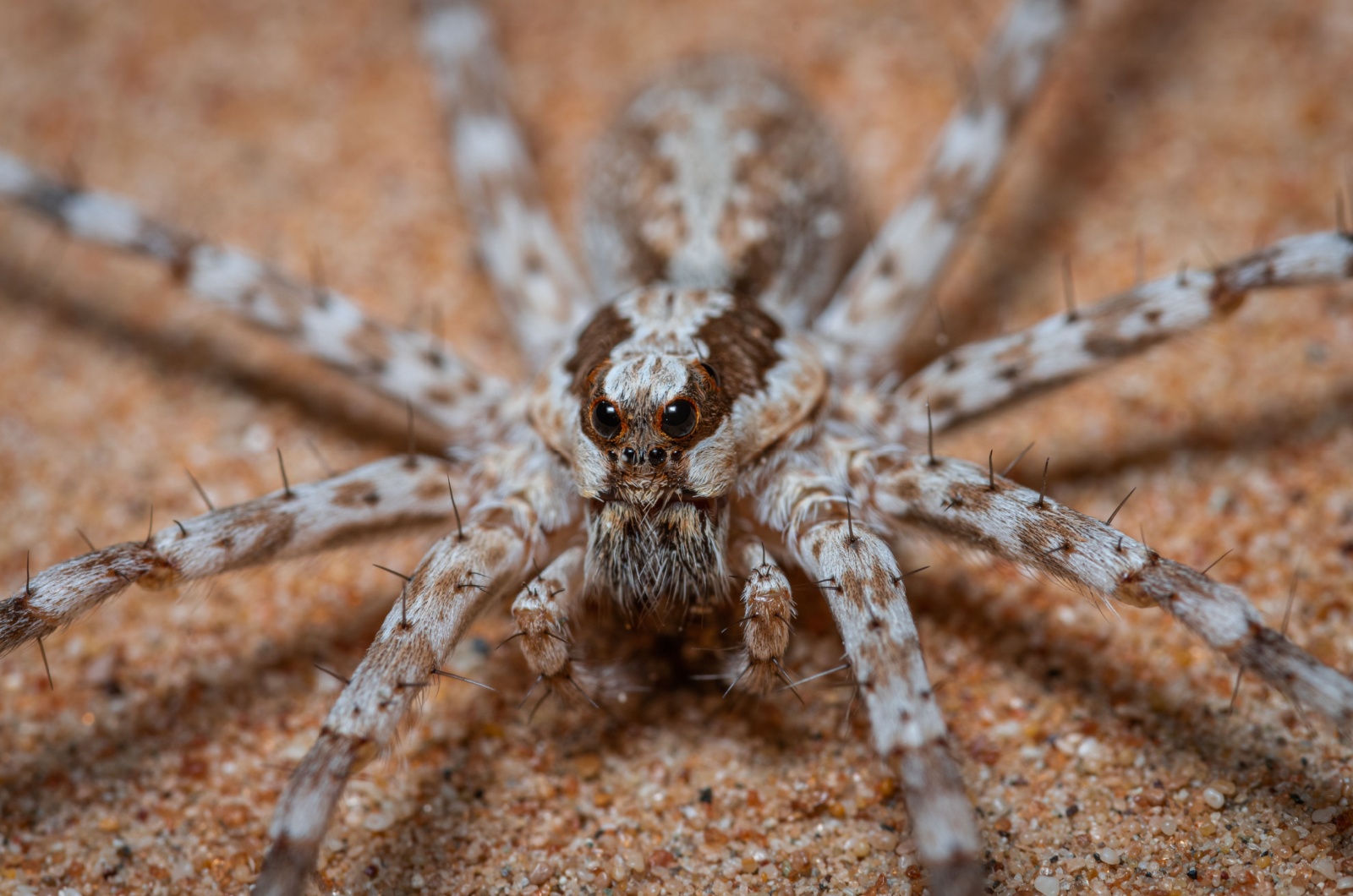
The Desertas Wolf Spider, found only on Deserta Grande Island near Madeira, is one of the largest and most striking wolf spiders.
With a leg span of up to 4 inches, it’s an incredible predator in its rocky habitat. However, its population has plummeted due to habitat destruction from invasive plants and animals.
Limited to a small reserve, this spider is critically endangered. Protecting its unique island home is vital to its survival.
2. Kauaʻi Cave Wolf Spider – The Eyeless Wonder
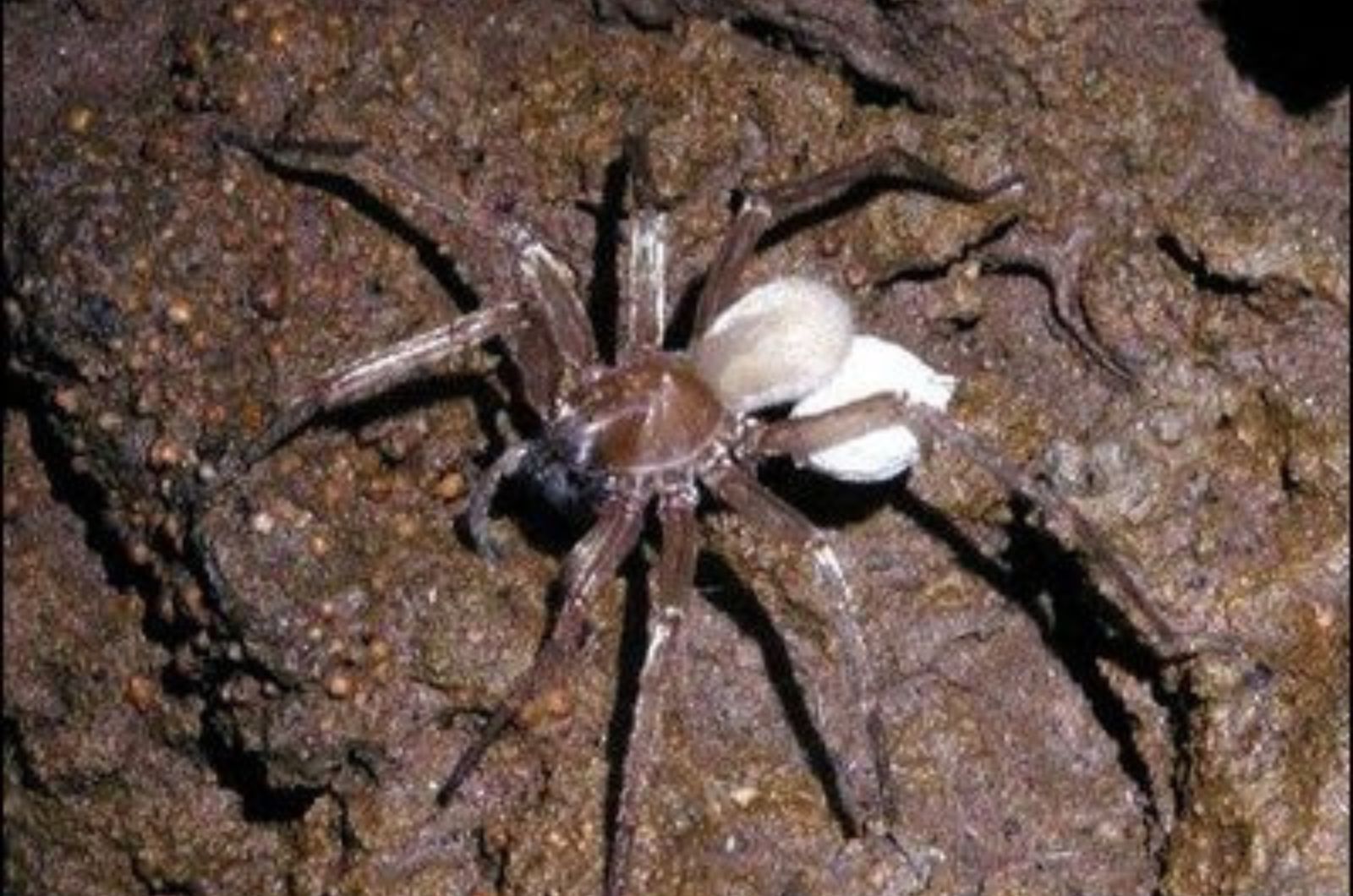
Deep in the lava tubes of Kauaʻi, Hawaii, lives the eyeless Kauaʻi Cave Wolf Spider. It’s adapted perfectly to life in the dark, but its reliance on this fragile ecosystem has made it highly vulnerable.
Urban development and human disturbances threaten its underground habitat. Without active conservation, this spider’s future looks bleak. Its fascinating ability to thrive without sight makes it one of nature’s true marvels.
3. Great Fox-Spider – A Rediscovered Treasure
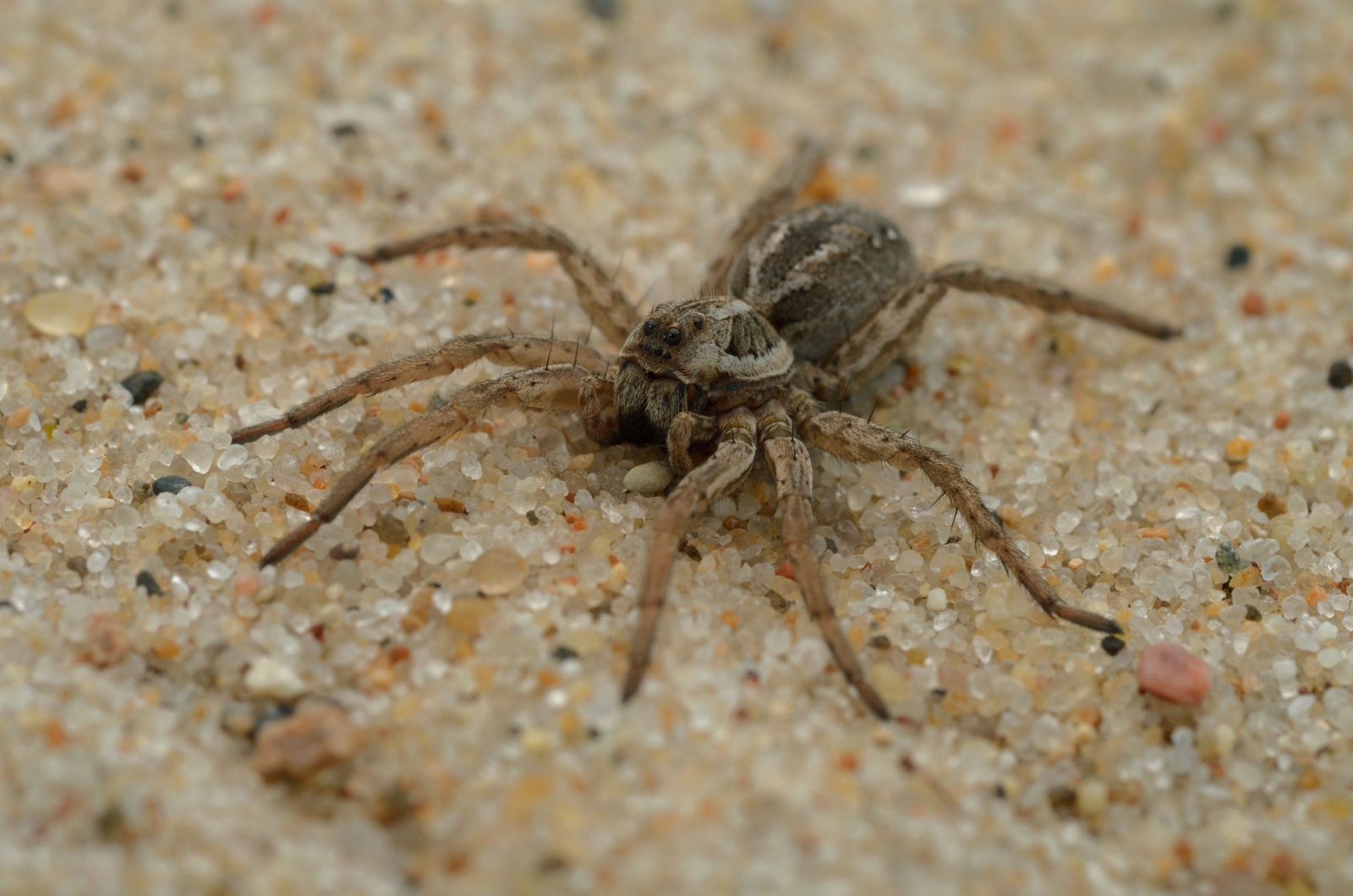
Once thought extinct, the Great Fox-Spider made headlines when it was rediscovered in the UK in 2020. This nocturnal hunter lives in sandy heathlands, which have been destroyed by urbanization and agriculture.
Despite its large size and fierce appearance, it’s harmless to humans and crucial for balancing insect populations. With its rediscovery, there’s hope for its protection. Efforts to restore heathland habitats could help this elusive predator thrive again.
4. Katipō Spider – A Coastal Survivor
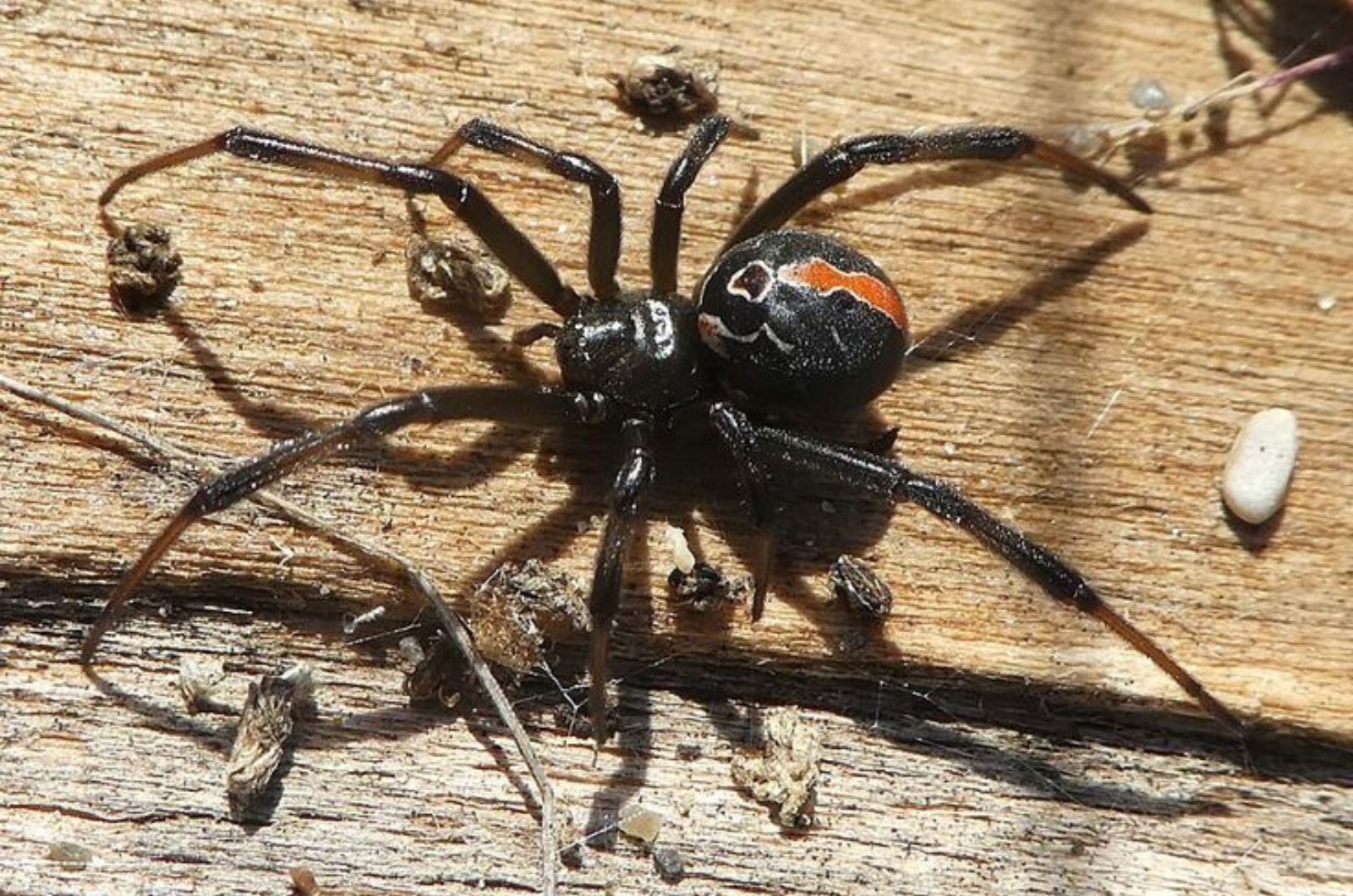
Native to New Zealand, the Katipō Spider inhabits coastal sand dunes and is vital to its ecosystem. This tiny black widow species faces threats from habitat destruction, introduced species, and human development along the coastline.
Once widespread, its range has shrunk dramatically. Efforts to protect sand dunes and educate locals about its harmless nature are key to saving it. Without intervention, this spider may vanish forever.
5. Horrid Ground-Weaver – The Rare Jewel
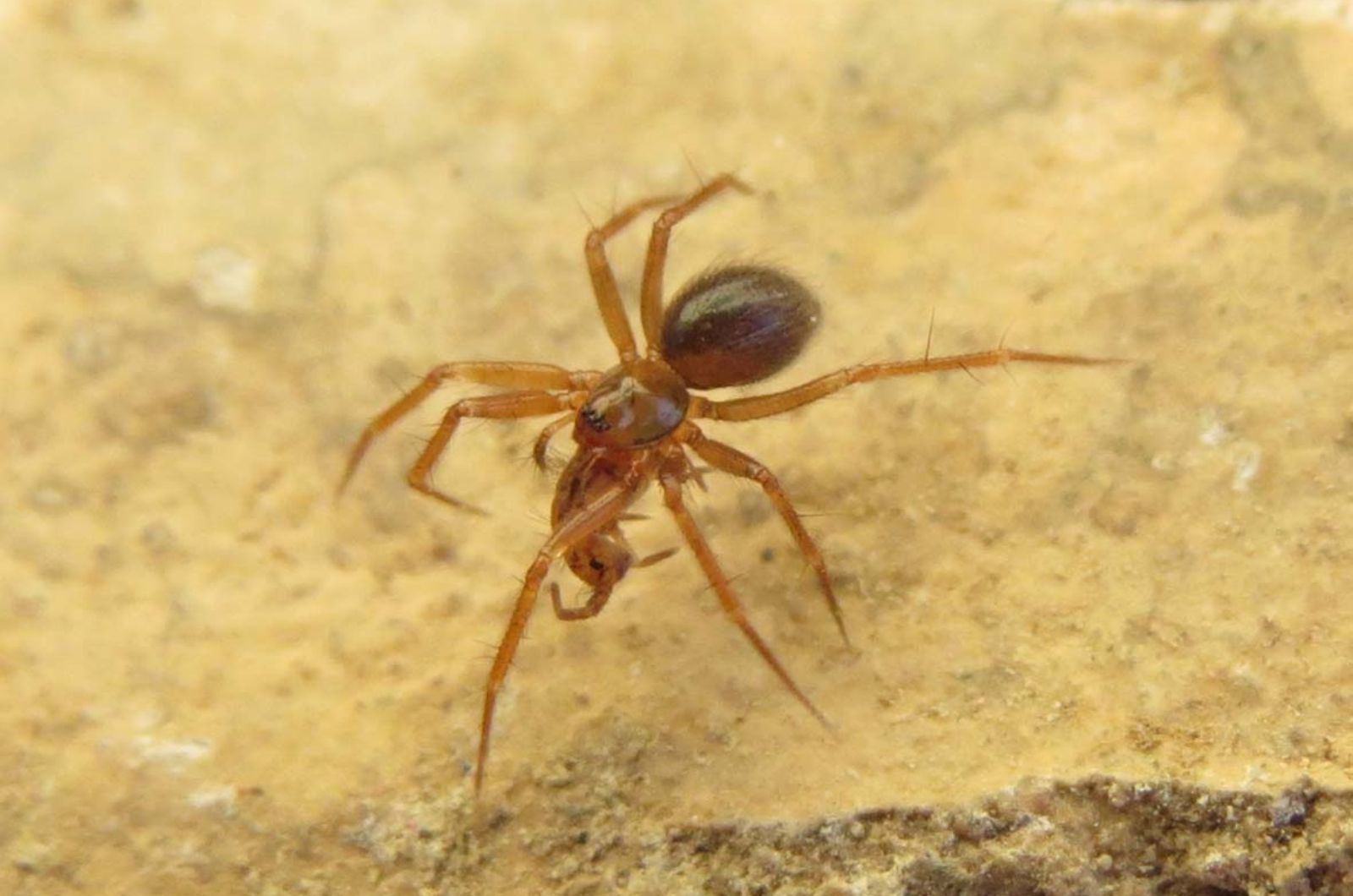
The Horrid Ground-Weaver is a tiny, harmless spider found only in Plymouth, UK. It lives in limestone quarries, making its habitat extremely limited and vulnerable to construction projects.
Its rarity and unique ecological role have drawn attention from conservationists. Protecting its limestone home is crucial to ensuring its survival. This little spider proves that even the smallest creatures deserve a chance.
6. Peacock Tarantula: The Vibrant Beauty
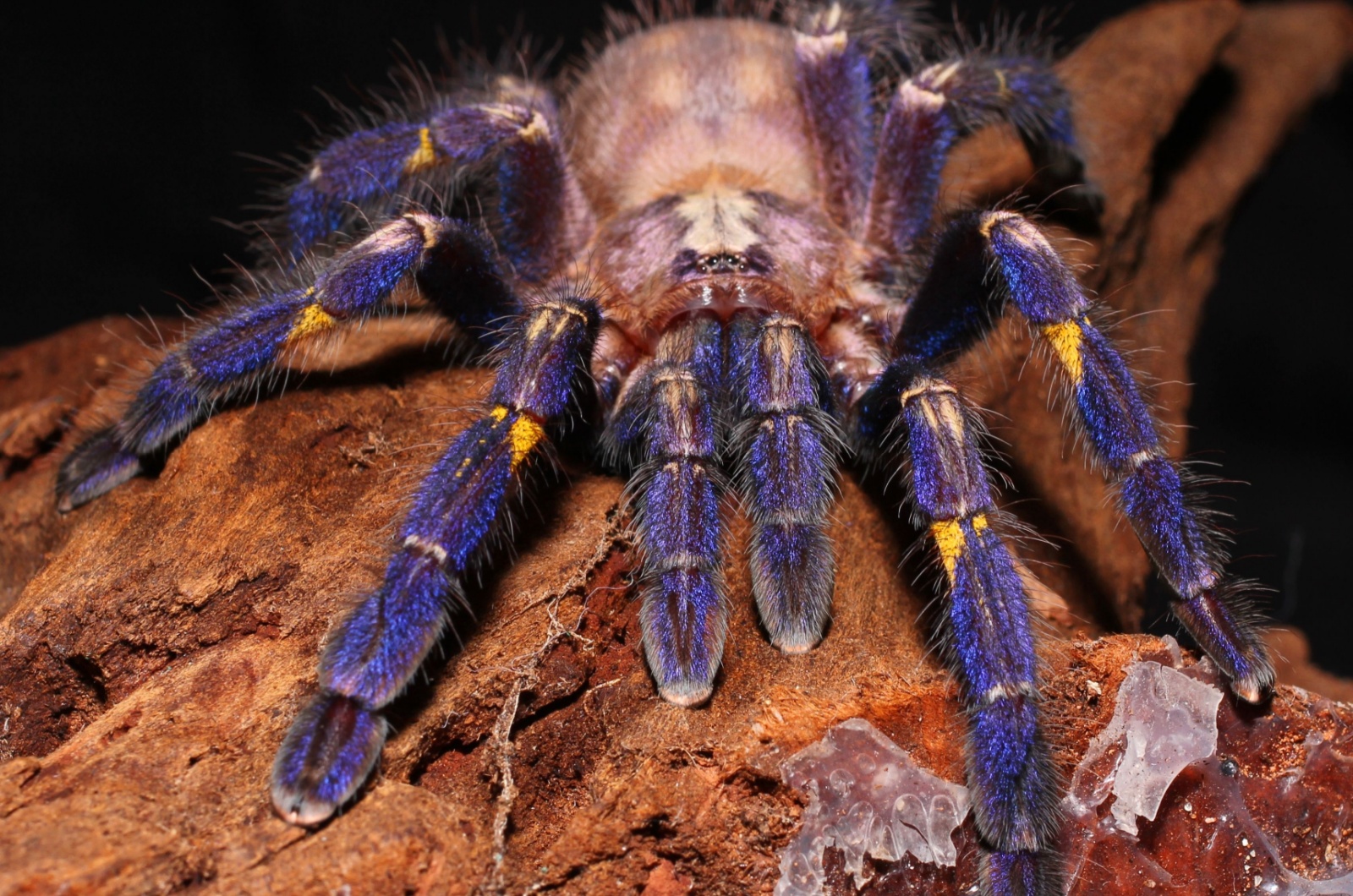
The Peacock Tarantula, with its stunning metallic blue coloration, is a true gem of India’s forests. Sadly, deforestation and the illegal pet trade have left it critically endangered. Found only in small forested areas, its habitat is shrinking rapidly.
Its beauty has made it a target for collectors, further endangering its survival. Protecting its forest home and cracking down on the pet trade are essential to save this colorful arachnid.
7. Rameshwaram Ornamental – The Hidden Treasure
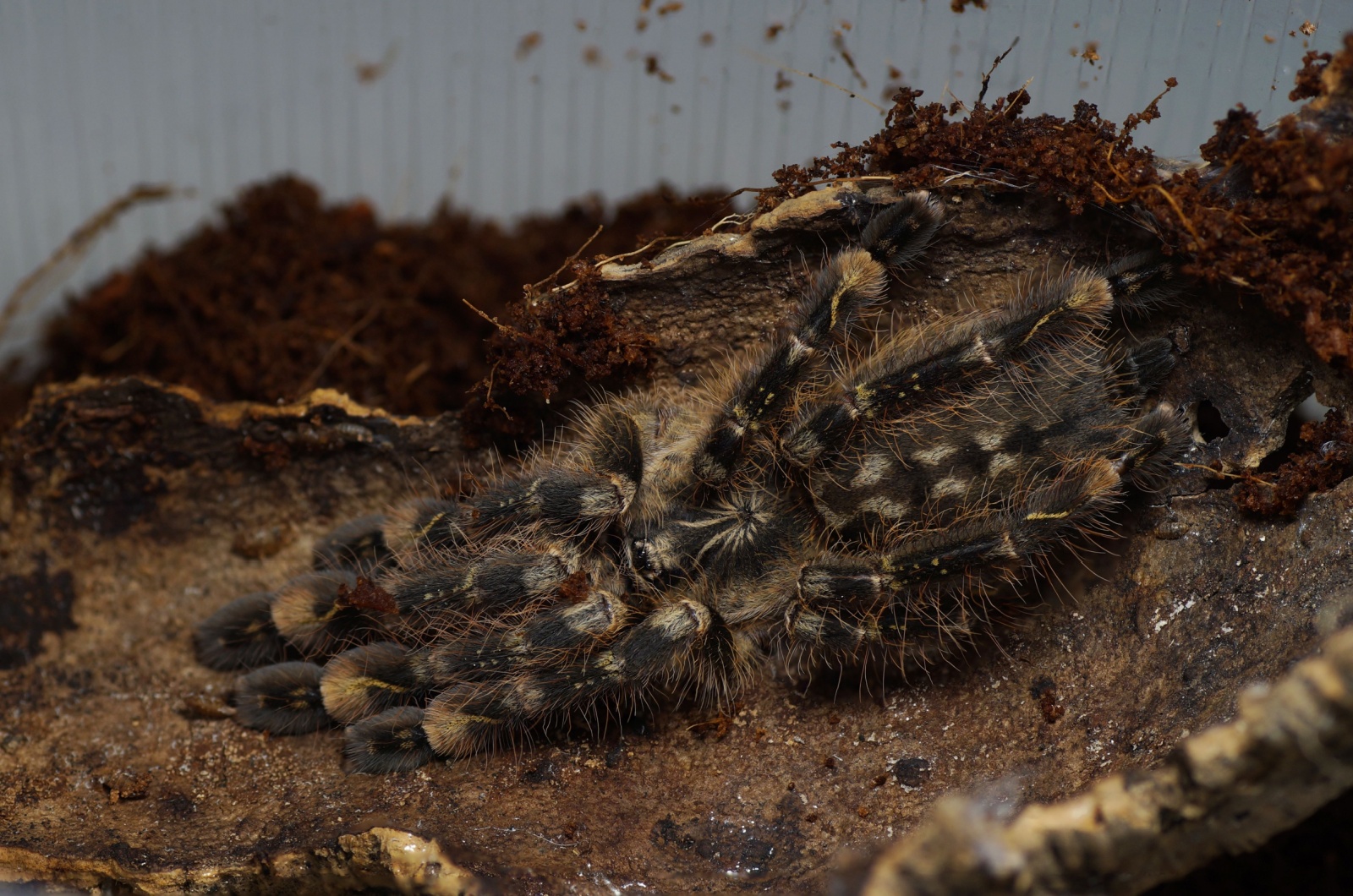
Another endangered tarantula from India, the Rameshwaram Ornamental lives in specific tree habitats.
Deforestation and human activity have significantly reduced its population. Like the Peacock Tarantula, it’s also targeted for the exotic pet trade.
Its elusive nature and limited habitat make it particularly vulnerable. Protecting the trees it depends on could ensure its future.
8. Seychelles Black Widow – The Island Resident
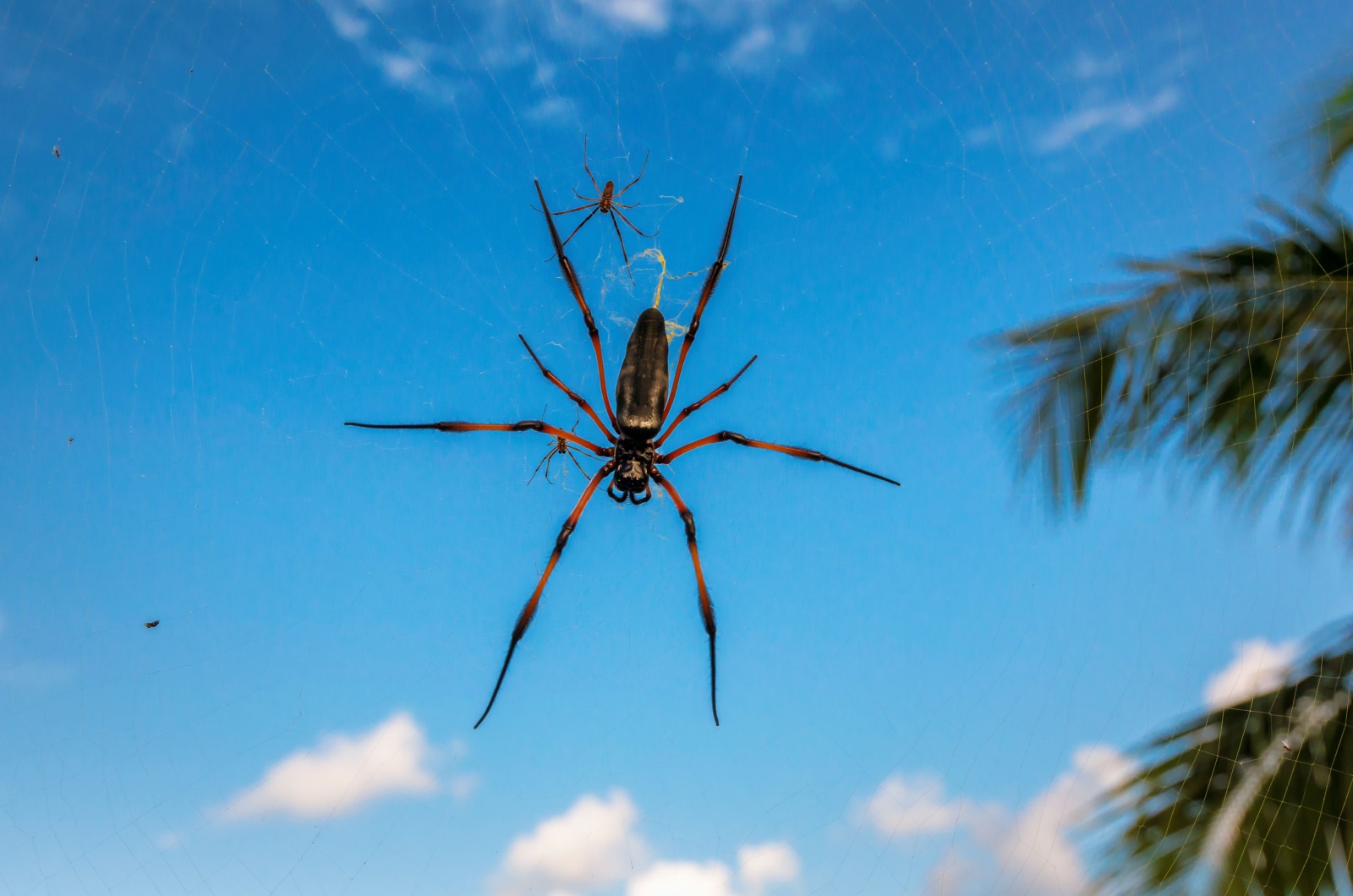
The Seychelles Black Widow is restricted to the Seychelles islands, where it plays a key role in the local ecosystem. Habitat degradation and competition from introduced species threaten its survival.
Its limited range means even small changes to its environment can have devastating effects. Efforts to control invasive species and protect its habitat are critical. This island spider reminds us how fragile ecosystems can be.
9. Spruce-Fir Moss Spider – The Tiny Survivor
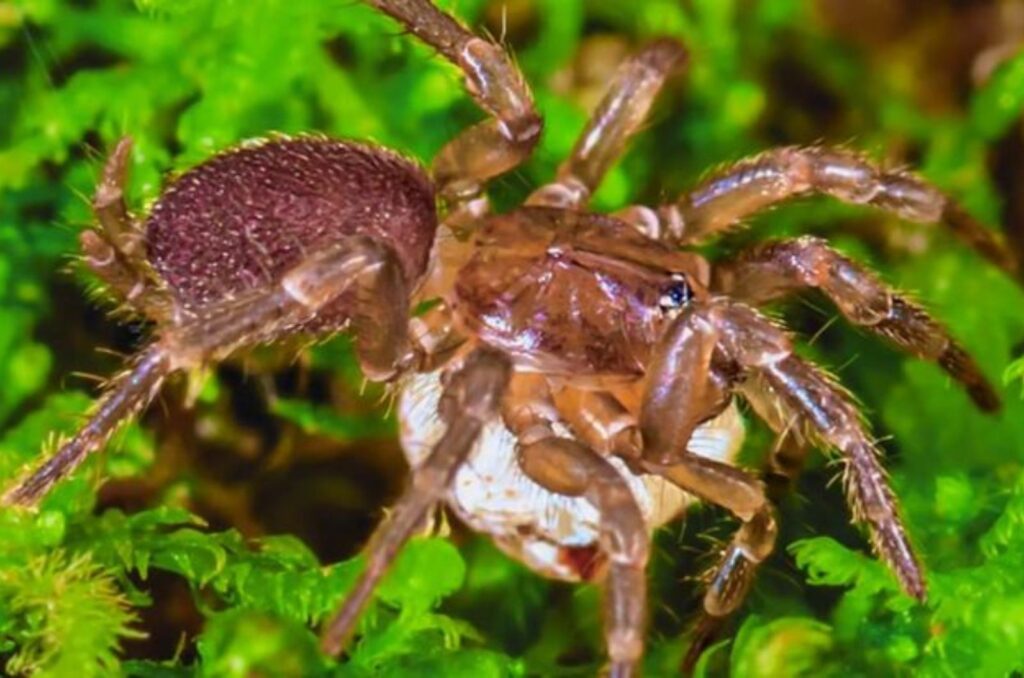
At less than 5 millimeters long, the Spruce-Fir Moss Spider is one of the smallest endangered spiders.
Found in the Appalachian Mountains, it lives in moss mats on high-altitude trees. Climate change and air pollution are destroying its delicate habitat. Its survival depends on preserving the cool, damp conditions it needs.
This tiny spider is a symbol of how even the smallest creatures can be deeply affected by environmental changes.
10. Gooty Sapphire Ornamental – The Sapphire Of The Forest
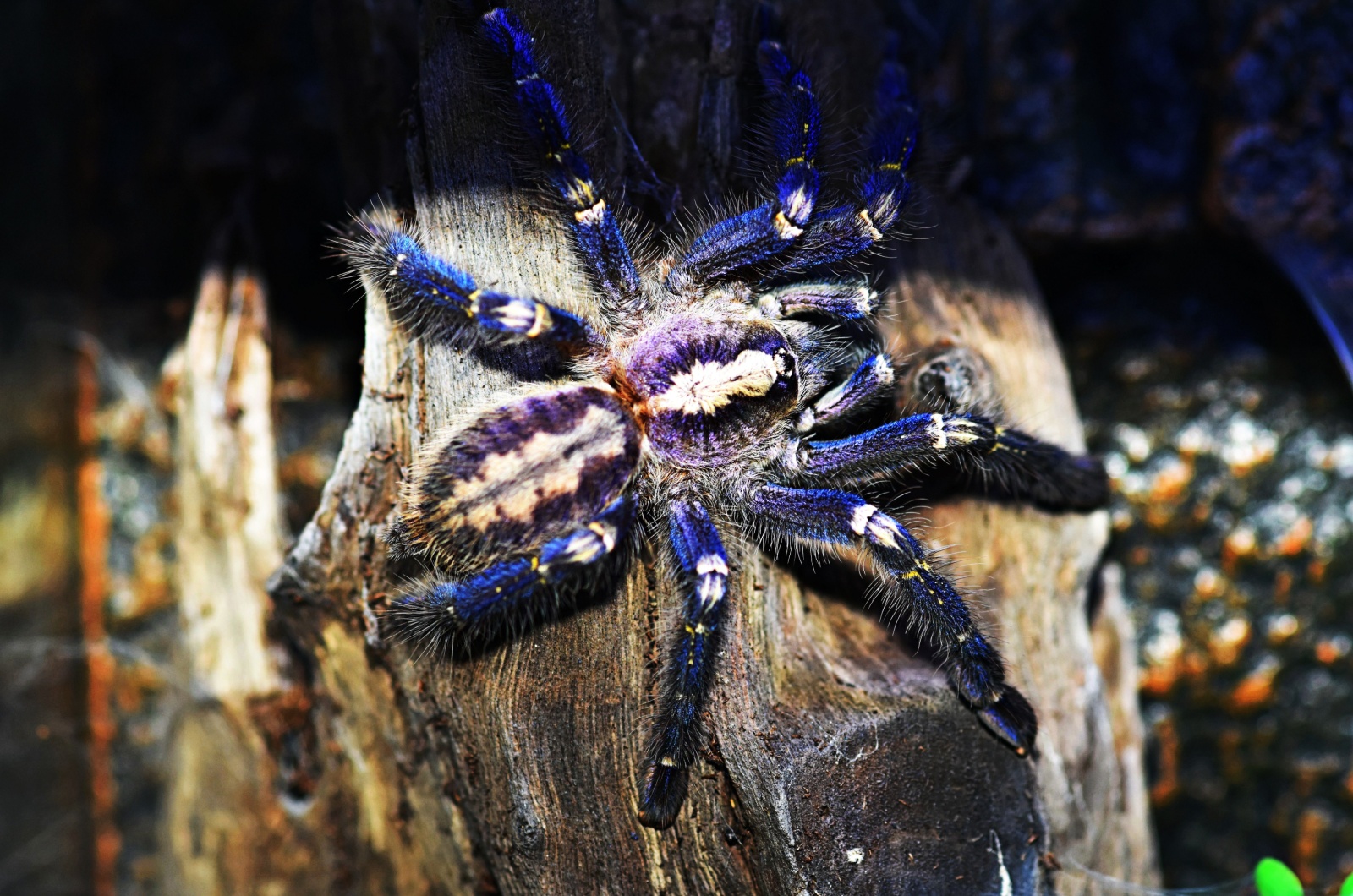
Known for its vivid blue coloring, the Gooty Sapphire Ornamental is a tarantula found in a small forest reserve in India.
Like its Peacock cousin, it faces deforestation and illegal collection for the pet trade. Its habitat is shrinking fast, leaving it critically endangered.

